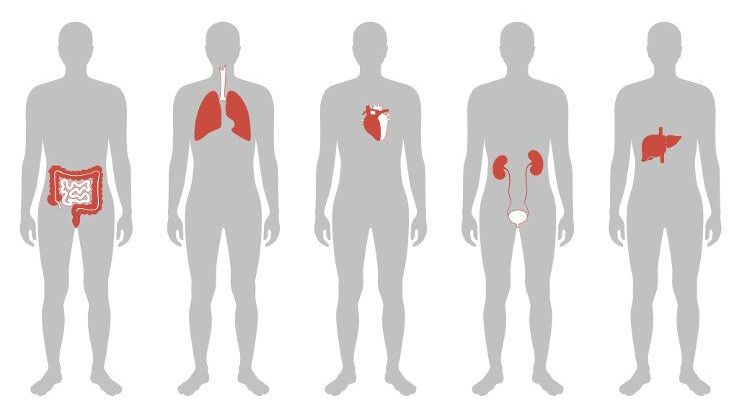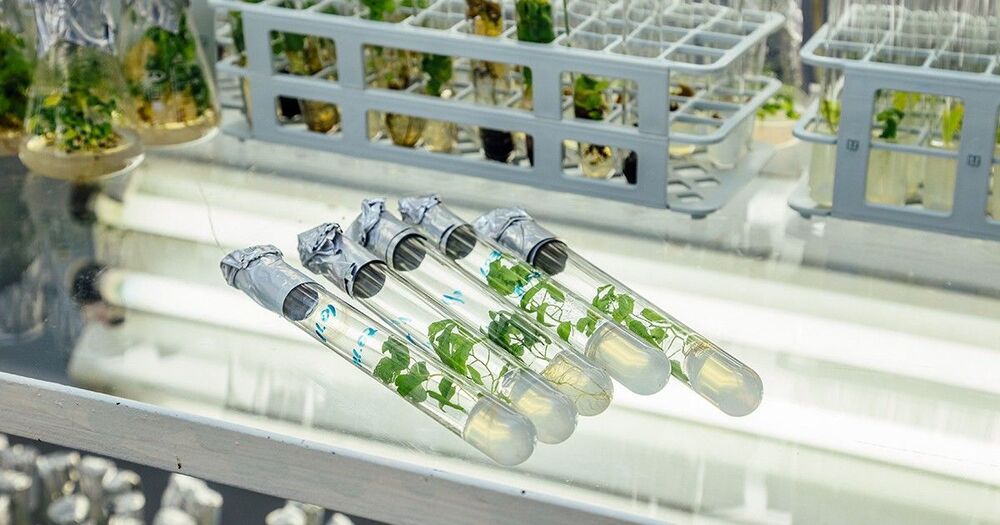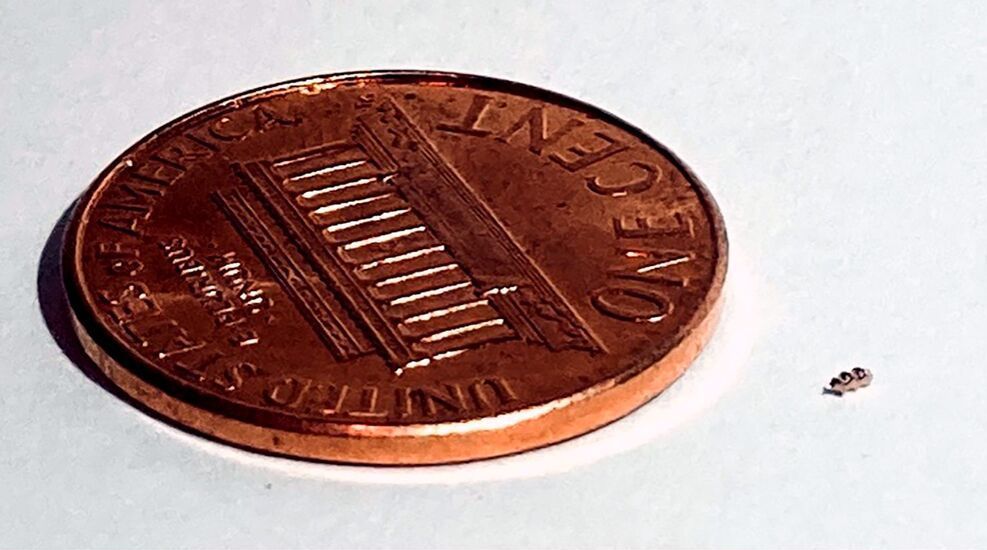The genome editing technology CRISPR has emerged as a powerful new tool that can change the way we treat disease. The challenge when altering the genetics of our cells, however, is how to do it safely, effectively, and specifically targeted to the gene, tissue and organ that needs treatment. Scientists at Tufts University and the Broad Institute of Harvard and MIT have developed unique nanoparticles comprised of lipids—fat molecules—that can package and deliver gene editing machinery specifically to the liver. In a study published today in the Proceedings of the National Academy of Sciences, they have shown that they can use the lipid nanoparticles (LNPs) to efficiently deliver the CRISPR machinery into the liver of mice, resulting in specific genome editing and the reduction of blood cholesterol levels by as much as 57%—a reduction that can last for at least several months with just one shot.
The problem of high cholesterol plagues more than 29 million Americans, according to the Centers for Disease Control and Prevention. The condition is complex and can originate from multiple genes as well as nutritional and lifestyle choices, so it is not easy to treat. The Tufts and Broad researchers, however, have modified one gene that could provide a protective effect against elevated cholesterol if it can be shut down by gene editing.
The gene that the researchers focused on codes for the angiopoietin-like 3 enzyme (Angptl3). That enzyme tamps down the activity of other enzymes—lipases—that help break down cholesterol. If researchers can knock out the Angptl3 gene, they can let the lipases do their work and reduce levels of cholesterol in the blood. It turns out that some lucky people have a natural mutation in their Angptl3 gene, leading to consistently low levels of triglycerides and low-density lipoprotein (LDL) cholesterol, commonly called “bad” cholesterol, in their bloodstream without any known clinical downsides.









